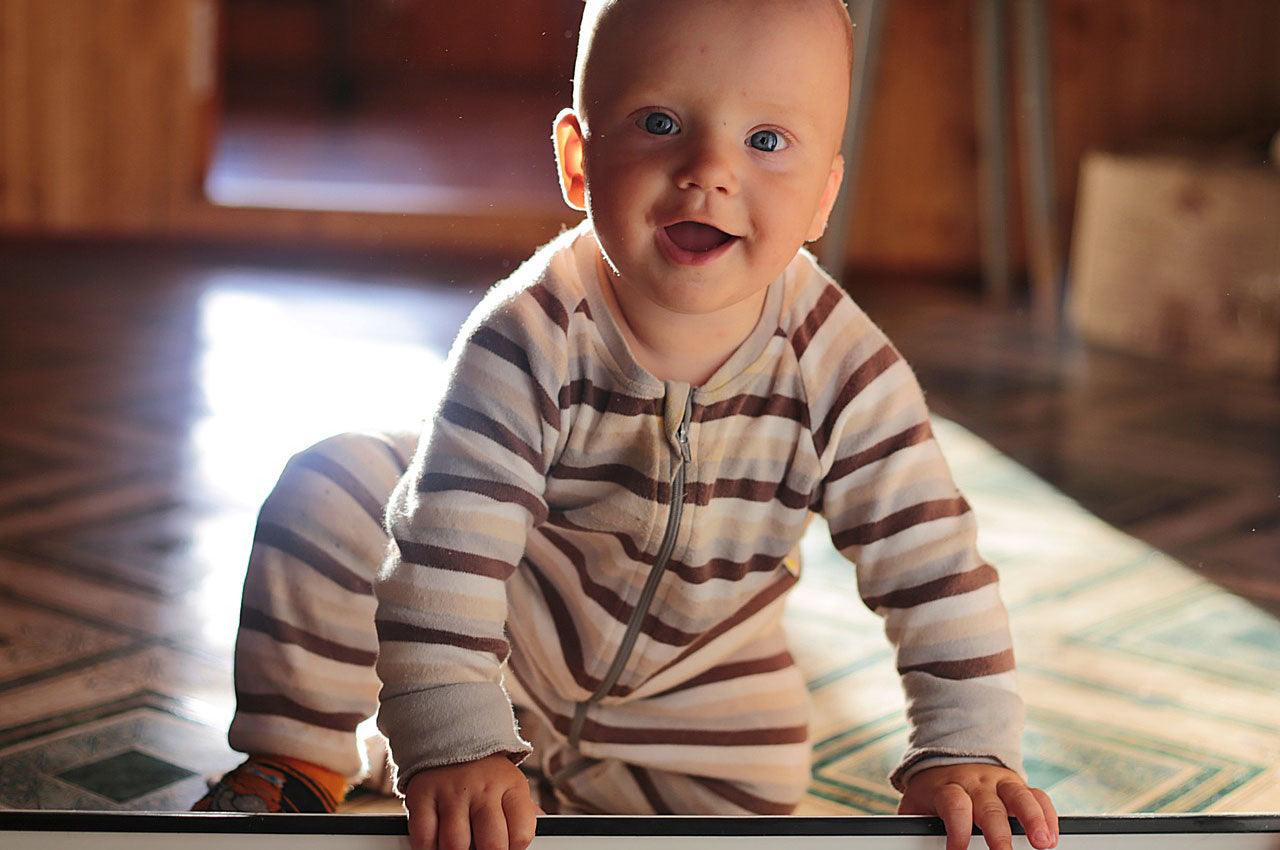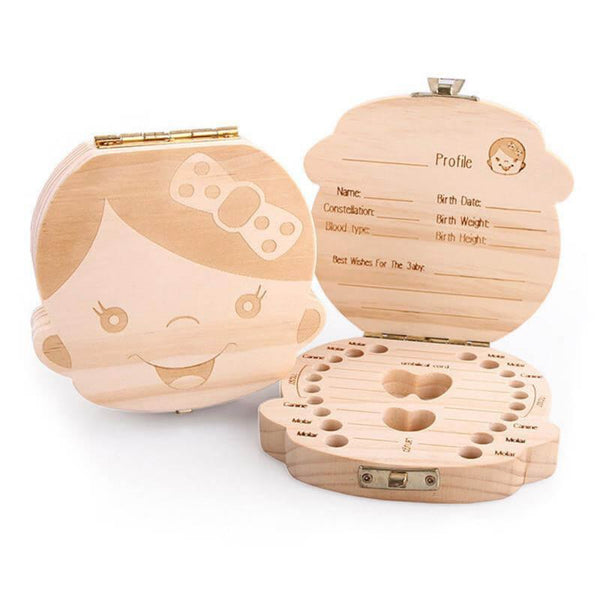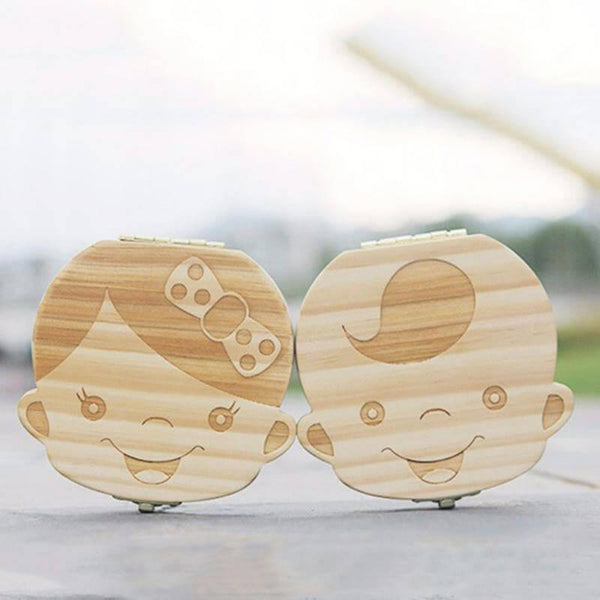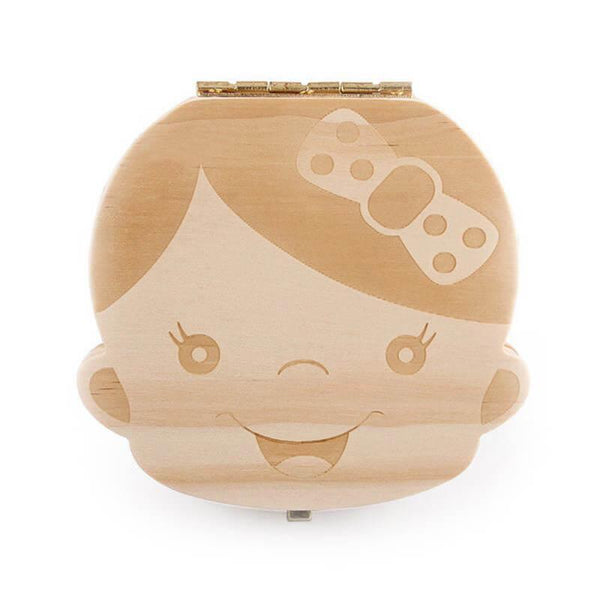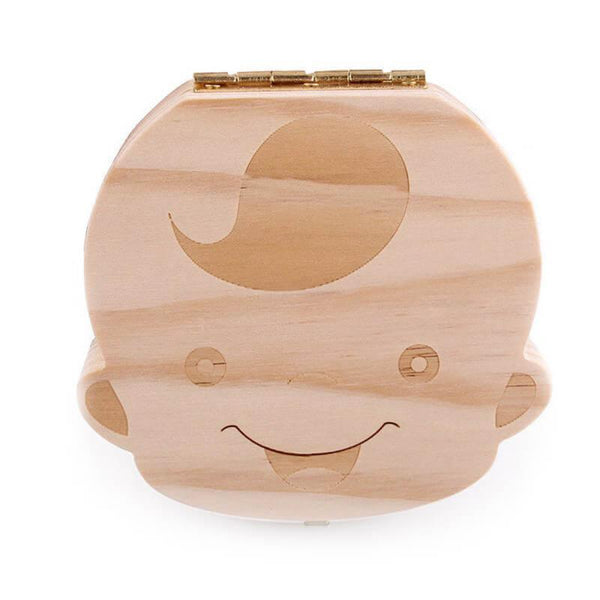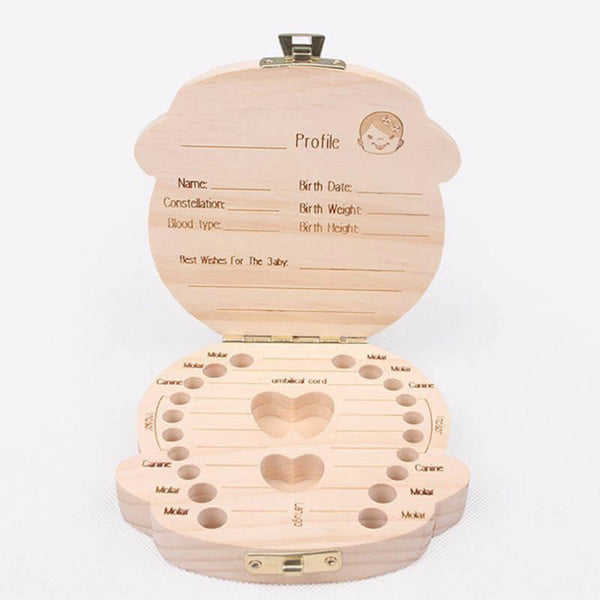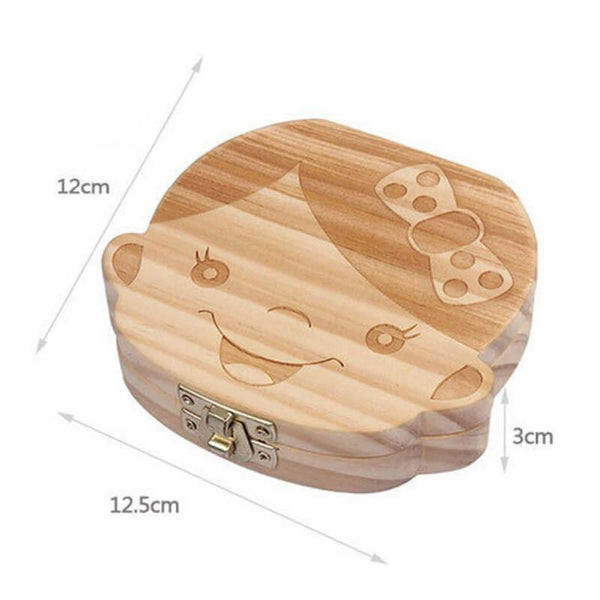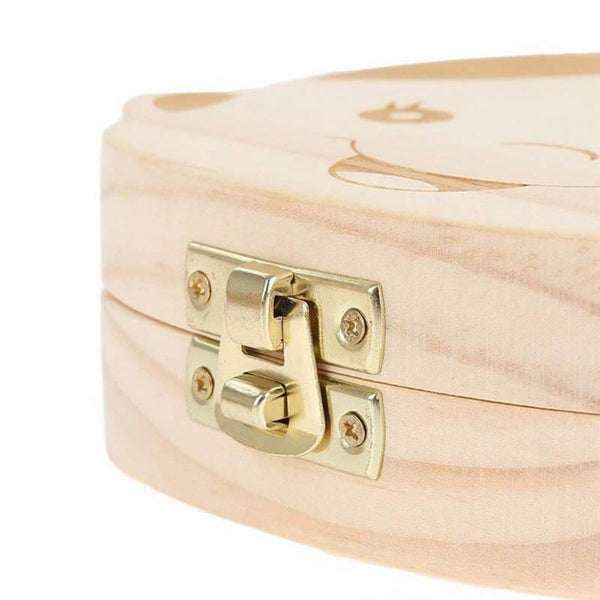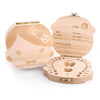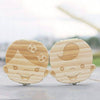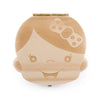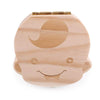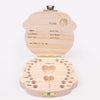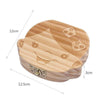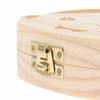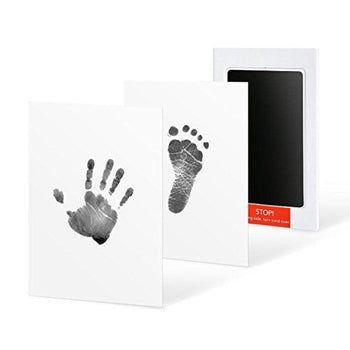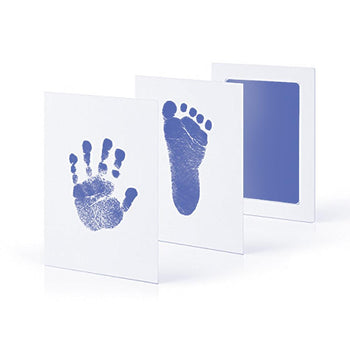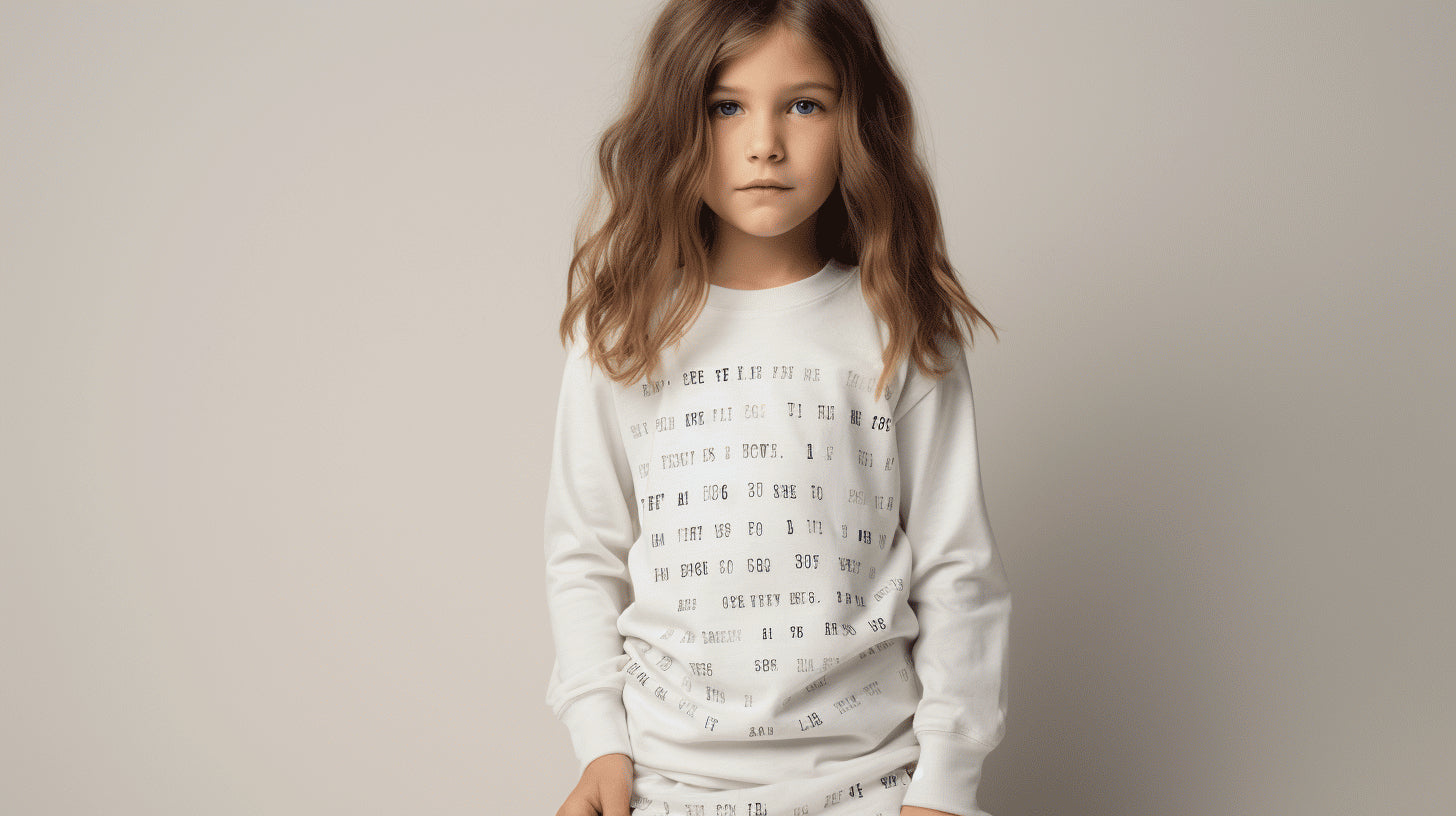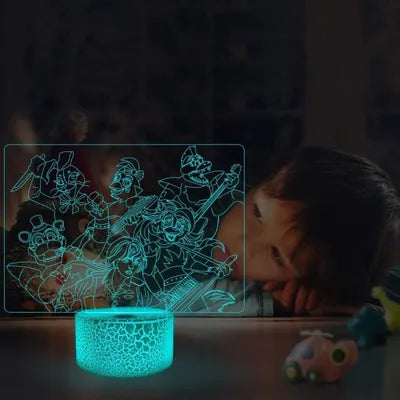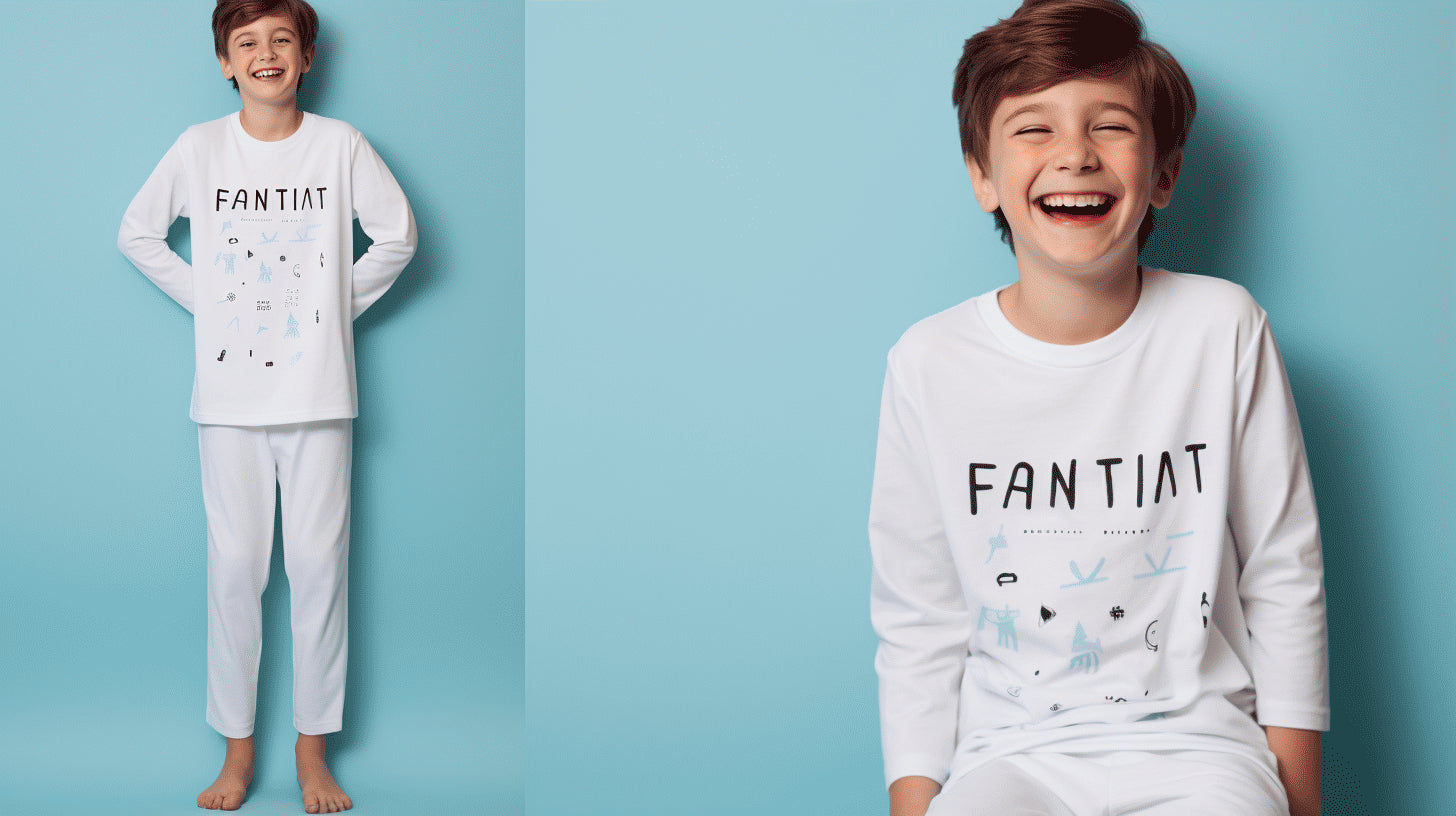When you become a parent, you may feel like you are constantly proving that your child is more advanced than other children. One of those big moments - almost as big as when the first little tooth breaks through the gumline - is the tooth fairy's first visit to your child.
This is when you can expect your child to start losing baby teeth , have common problems and potential complications, and keep yourself informed about dental health. of your child.
Table of milk teeth - when they appear and when they fall out
Each child will break out and lose their teeth on their own timeline. When new teeth appear, the official term is eruption. Although most people think of them as milk teeth (or primary teeth), their official name is baby teeth. Your child will have a total of 20 baby teeth to swallow his snacks.
Your baby will begin to have teeth at around 6 months of age until around 3 years of age. From the age of 6, your child will lose all his milk teeth until the age of 12. When your child reaches adolescence, he will have 32 permanent adult teeth.
| Tooth name and position | Appearance | Loss |
| Lower central incisors | 6 to 10 months | 6 to 7 years old |
| Upper central incisors | 8 to 12 months | 6 to 7 years old |
| Upper lateral incisors | 9 to 13 months | 7 to 8 years old |
| Lower lateral incisors | 10 to 16 months | 7 to 8 years old |
| Upper premolars | 13 to 19 months | 9 to 11 years old |
| Lower premolars | 14 to 18 months | 9 to 11 years old |
| Upper canines | 16 to 22 months | 10 to 12 years old |
| Lower canines | 17 to 23 months | 9 to 12 years old |
| lower molars | 23 to 31 months | 10 to 12 years old |
| Upper molars | 25 to 33 months | 10 to 12 years old |
Why do we have two sets of teeth?
Why do baby teeth fall out? It turns out that these baby teeth act as a support, creating space in the jawbone for future permanent teeth.
For most children, baby teeth begin to fall out around age 6. Of course, not all teeth fall out at the same time!
When a permanent tooth is ready to erupt, the root of a baby tooth begins to dissolve until it is completely gone. At this point, the tooth is "loose" and is only held in place by the surrounding gum tissue.First outing: Central incisors
You might be surprised to find that most people lose their baby teeth in the order they erupt.
Thus, as the lower central incisors are the first teeth to appear around the age of 6 months, they are also the first to detach and make way for your child's permanent teeth around 6 or 7 years of age.
After the lower central incisors, the upper central incisors come out, giving way to the larger upper central incisors that we all expect in adults.
For some children, losing their teeth can be an exciting time, especially if you introduce fun ideas like the tooth fairy or the little mouse. For others, it can be a little confusing because something they thought was permanent (their tooth) just came out of their mouth!
Likewise, it is not uncommon for children to feel a little discomfort or pain when they lose a tooth. After removing the tooth:
- Ask your child to wash his mouth with salt water to clean his gums.
- Use a compress to cover the area, called the "cavity", and encourage him not to spit up, as this can cause bleeding.
- Apply a cold, damp cloth after the bleeding has stopped if there is pain or discomfort.
Next: Lateral incisors
Once the central incisors have fallen out, the next baby teeth to go will be your child's lateral incisors. In general, the upper lateral incisors come out first. This usually happens between the ages of 7 and 8.
At this point, your child should be more familiar with the experience of losing a tooth. Ideally, this experience should no longer be frightening, as he will have already lost four teeth before the lateral incisors.
Let's see these choppers: Primary first molars
Compared to the eruption of your child's first teeth, losing them can be a much easier exercise for parents. While teething can be uncomfortable in general, the arrival of molars can be particularly painful for babies and young children.
In contrast, primary molars (also called first molars) are usually painless when they fall out or are replaced by permanent molars. These first primary molars are usually lost between the ages of 9 and 11.
Last round: Primary second molars and canines
The last milk teeth that remain are the canines and the second primary molars. Canines are usually lost between the ages of 9 and 12, while second primary molars are the last baby teeth your child will lose. These last teeth are usually lost between 10 and 12 years of age.
As your child grows, their jaws also grow to accommodate permanent teeth. When your child reaches the age of 13, he must have full and permanent teeth.
Quick reminder: What about wisdom teeth?
When your child reaches his late teens, his wisdom teeth (third molar) may appear. You may be surprised to learn that not everyone has their wisdom teeth. Some have only a few instead of the full four wisdom teeth, and not everyone needs to have them removed.
The latter are called wisdom teeth due to the popular belief that one only gets these teeth once one is more mature and has gained knowledge through greater life experience.
What happens if my child does not meet this deadline?
The timeline presented here is only a general guideline. If your child's teeth are slow to erupt, you should expect the loss of baby teeth to take a little longer as well.
However, if your child has missed the milestones of teething by one year (whether it's a blowout or a loss), talk to their dentist.
Planning dental visits
Regardless of what goes (or doesn't) go into your child's mouth, you need to schedule a date before their first birthday. After the first visit, your child should visit the dentist every 6 months.
What does the tooth fairy or the little mouse bring nowadays?
Not everyone introduces their child to the Tooth Fairy, but it's a way to make a milestone fun. You might be wondering how much the tooth fairy should leave. The answer is... it varies. Some parents give a few cents knowing that there are several teeth, others give a few euros.
In general, the tooth fairy (for a girl) and the little mouse (for a boy) tend to be more generous for the first tooth!
Children will lose their teeth and develop a wonderful smile 😬 on their own schedule. The most important thing is that you teach your child to maintain good dental hygiene, so that long after his baby teeth are gone, his permanent teeth are healthy.
To remember your first milk teeth, discover our wooden keepsake box, ideal for keeping memories of these exciting moments. Every tooth will remind him how he lost it. Unforgettable moments.
Find out more by clicking here .

